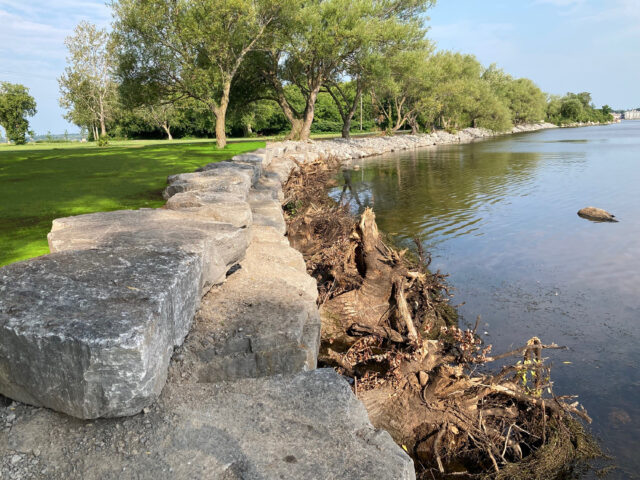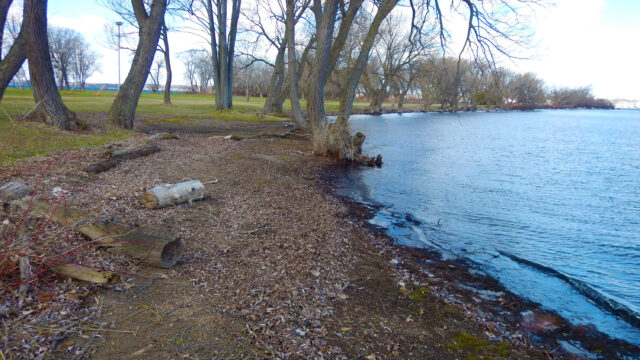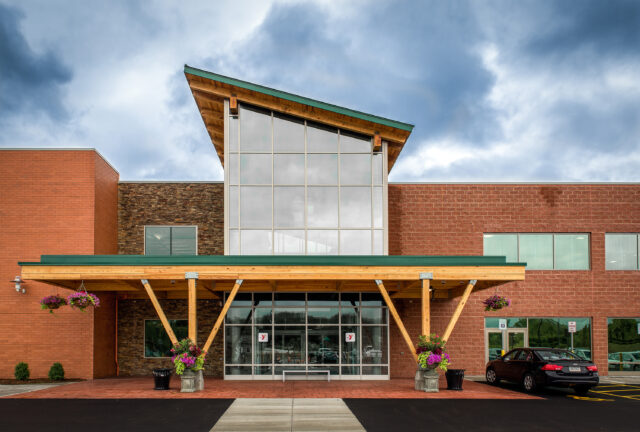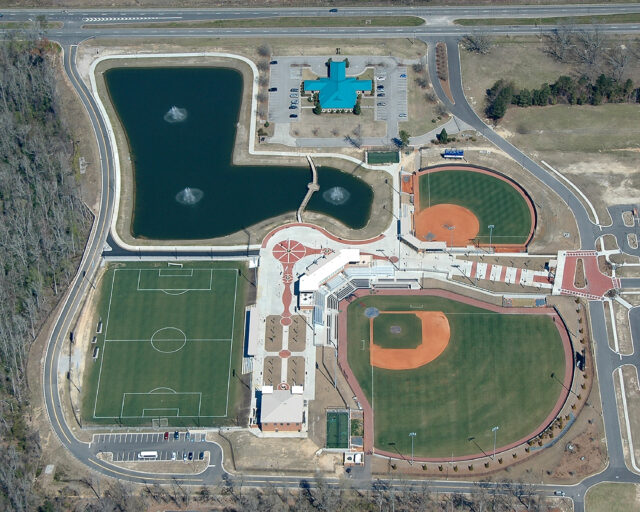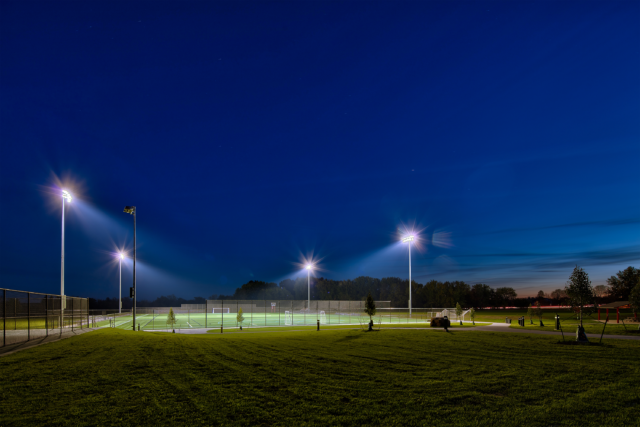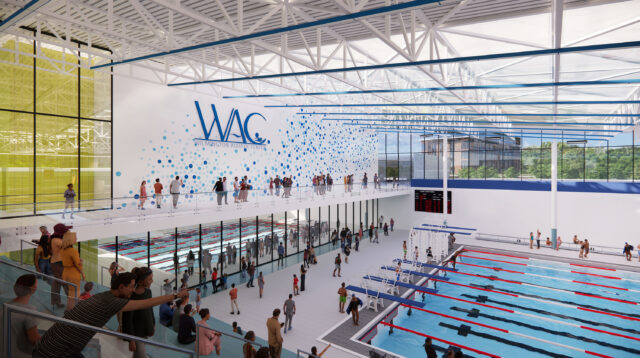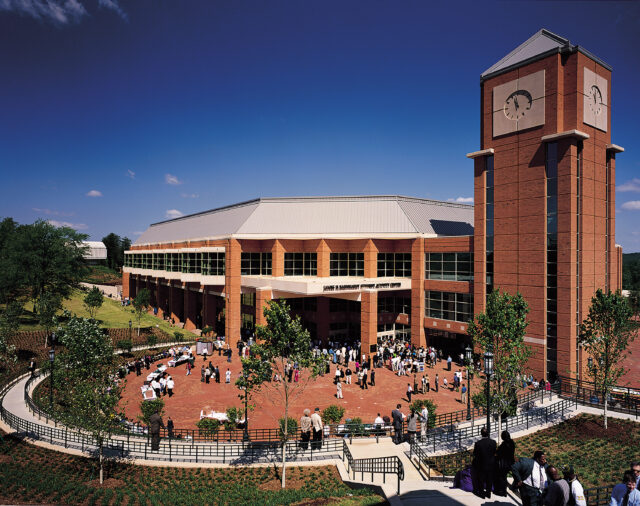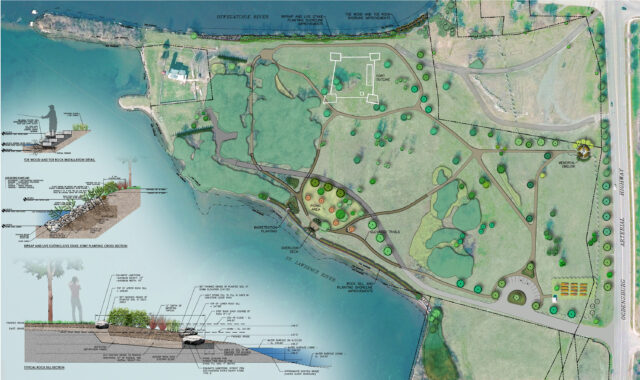
Fort de La Présentation Site
Shoreline Stabilization and Trail Improvements at Fort de La Présentation Site
Fort de La Présentation, a mission fort established in 1749, sits where the Oswegatchie River and the St Lawrence River convene. It has served many purposes over the years and was once owned by the British, until 1796 when it was turned over to the United States. The site has experienced extensive erosion and flooding and in 2021 and was awarded $1.3 million to help restore its historic shorelines. LaBella was selected as a trusted consultant to help bring this important landmark back to life.
Abbé Picquet Trail
Following a successful environmental cleanup program and acquisition by the Fort La Présentation Association, LaBella prepared a master plan for the historic site of Fort de La Présentation. The master plan contemplated erection of a replica fort on the 25.9-acre riverfront park site as the central feature for tourism with a series of trails and park improvements providing enhanced physical access to the shorelines of the surrounding waterways (St. Lawrence Seaway and Oswegatchie River) while maintaining access to a private lighthouse at the point of the peninsula.
Additional funding was secured by the Association following endorsement of the master plan for the development of construction drawings and construction of the Abbé Picquet Memorial trail and enhancements to the Abbé Picquet Memorial Obelisk. The initial improvements for the park include serpentine pathways and trails, community garden relocation, a peace garden at the Memorial Obelisk, visitor parking and drop off areas, viewing nodes, interpretative/wayfinding signage, and significant landscape restoration. Following completion of design, LaBella performed construction administration services for the project, funded primarily by the New York State Office of Parks, Recreation, and Historic Preservation (NYS OPRHP).
Shoreline Stabilization
Due to proximity to the waterways, extensive erosion and flooding had occurred on this site over several years. Use of the Abbé Picquet Trail and the long-term use of the site would become increasingly difficult if improvements were not made, requiring stabilization on both sides of the site to protect the banks of the rivers. The Association was thrilled to receive a Resiliency and Economic Development Initiative (REDI) grant to install shoreline stabilization and trail improvements at the site.
LaBella prepared an Engineer’s Report, which provided existing conditions of the site, permitting requirements, recommendations for betterment, and analysis of alternative improvements. The recommended solution for flood mitigation, trail preservation, and shoreline stabilization include aspects to achieve an engineered design solution that provides resiliency without compromising aesthetics or historical and cultural value.
The design includes betterments to plant species habitats, coastal stability improvements, and enhancements to the trail and overlook viewpoints.
The project accommodated the low- and high-water mark changes along each shoreline without impacting adjacent properties. The recommended actions included:
- Raising the existing trails within flood prone areas above the Flood Zone A elevation, which would increase resiliency of the site and provide a decrease in annual maintenance required.
- Installing a berm along the St. Lawrence River to reduce flooding impacts and shoreline improvements along the Oswegatchie River to sustainably protect the shoreline from further erosion.
- Shoreline improvements along 750+/- linear feet of the Oswegatchie riverbank including riprap with live stake plantings and toe wood/toe rock installations.
- Shoreline improvements along 670+/- linear feet of the St. Lawrence riverbank including stone sill installation and riprap along with reconstruction of the trails.
Working with multiple State and Federal agencies, LaBella completed permitting and coastal zone consistency reviews, allowing this NYS OPRHP-administered project to be one of the first REDI projects to advance to construction within the Lake Ontario watershed.
